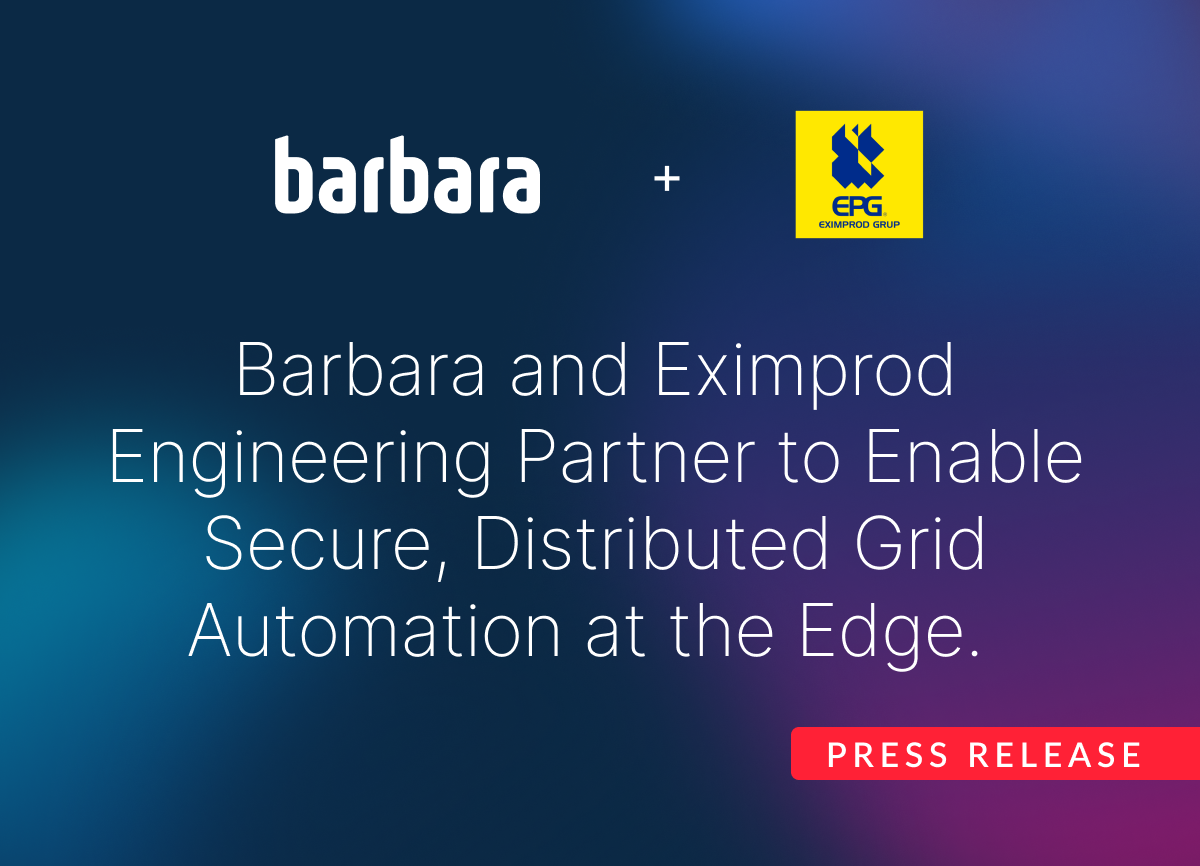The Rise of Edge-Enabled Digital Twins in Industrial Environments
According to Gartner, 13% of organizations implementing IoT projects are already leveraging digital twins, while another 62% are actively planning or developing them. Yet, industries like energy, water infrastructure, and process manufacturing face significant hurdles in adopting these powerful solutions. This article delves into potential strategies to overcome these challenges.
Unlocking the Potential of Digital Twins in Industrial Sectors
Digital twins, the virtual replicas of physical entities, are revolutionizing industrial environments by enabling enhanced monitoring, simulation, and optimization of assets and processes.
According to Gartner, 13% of organizations implementing IoT projects already use digital twins, while 62% are in the process of establishing digital twin or plan to do so. Despite the promising growth, industrial companies, particularly in sectors like energy, water infrastructure, and process manufacturing, face significant challenges in adopting digital twin solutions.
Most digital twin platforms are cloud-oriented, which poses problems for these sectors. Concerns about cost, data privacy, security, and processing response times make cloud solutions less appealing. A recent study by Citrix revealed that 25% of organizations surveyed in the United Kingdom have already moved half or more of their cloud-based applications out of the cloud.

The Emergence of Edge-Enabled Digital Twins
The reluctance to embrace cloud-based solutions opens up an opportunity for a new category of digital twins: Edge-Enabled Digital Twins.
These solutions operate independently of cloud infrastructure, maintaining data privacy and sovereignty while providing real-time data analytics and asset control. Edge computing allows processing to occur very close to the physical location of data source thus, minimizing latency and enhancing the security of the whole Digital Twin infrastructure.
Edge-enabled digital twins offer significant advantages in industrial environments where real-time decision-making and immediate feedback are critical. For example, in process manufacturing, they enable the immediate detection and correction of anomalies, preventing costly downtimes. In water infrastructure, real-time monitoring and control of chemicals ensure efficient resource management and compliance with regulations.
Edge-enabled digital twins offer significant advantages in industrial environments where real-time decision-making and immediate feedback are critical. David Purón, CEO at Barbara.

Tracking Success in an Edge-Enabled Digital Twin Project
Relevant KPIs for industrial digital twin projects include:
.- Asset Performance: Metrics such as uptime, downtime, and mean time between failures (MTBF) provide insights into the reliability and efficiency of assets.
.- Process Efficiency: KPIs like production yield, energy consumption, and waste generation help evaluate the effectiveness of process improvements.
.- Cost Savings: Tracking maintenance costs, operational costs, and cost avoidance due to predictive maintenance can quantify the financial benefits of digital twins.
.- Safety and Compliance: Monitoring incidents, near-misses, and compliance with safety regulations ensures that digital twins contribute to a safer work environment.
.- User Engagement: Metrics such as user adoption rates, feedback, and satisfaction scores can indicate how effectively the digital twin solutions are being utilized by staff.
Related article: A Project on a Digital Twin in a Electrical Substation. How Cuerva Navigated from the Dark Edge to the Intelligent Edge.
The Importance of a Multidisciplinary Team
Implementing a digital twin requires a multidisciplinary team comprising experts from both, Information Technology (IT) and Operational Technology (OT) domains.
IT professionals bring expertise in data analytics, cybersecurity, and edge software orchestration, while OT experts provide deep knowledge of industrial processes and systems, as well as integration with assets in the field.

However, it is crucial to involve external technology experts as part of the team.
A common misconception is that organizations can manage digital twin projects entirely in-house using open-source software. While this approach may appear cost-effective initially, the Total Cost of Operation (TCO) for these projects can be significantly higher, up to 500% more over a three-year product lifespan, due to complexities in integration, maintenance, and scaling.
External partners bring specialized knowledge, products, and experience that can streamline the implementation process, mitigate risks, and ensure the Edge-Enabled Digital Twin solution is robust and scalable.
Conclusion
The industrial sector stands on the brink of a digital revolution with the advent of digital twins. While challenges exist, particularly concerning cloud dependency, the rise of Edge-Enabled Digital Twins offers a promising solution. By focusing on a reliable industrial-oriented edge computing infrastructure to provide real-time analytics and asset control, and leveraging a multidisciplinary team of internal experts and external partners, industrial organizations can harness the full potential of digital twins with no risk to their business continuity and security.
About Barbara
Barbara is the Edge AI Orchestration Platform for organisations seeking to overcome the challenges of deploying AI in highly distributed environments.
Barbara empowers OT managers with IT capabilities to digitize processes, enabling seamless data capture, processing, and real-time decision-making.
With Barbara, companies can deploy and monitor AI models in minutes by simply exporting and uploading them to the platform.
Digitization teams need efficient AI orchestration, while infrastructure teams require secure modernization without disrupting existing systems. Barbara enables both, orchestrating AI applications across distributed locations, modernizing infrastructure, and ensuring security, all without replacing existing components.
Our capabilities include:
.– Industrial Connectors for legacy or next-generation equipment.
.– Edge Orchestration to deploy and control docker-based applications across thousands of distributed locations.
.– Edge MLOps, to optimize, deploy, and monitor trained models using standard or GPU enabled hardware.
. – Remote Fleet Management for provisioning, configuration and updates of edge devices.
.– Marketplace of Certified Edge Apps ready to be deployed.
Contact us to discuss how we can help accelerate your Edge AI projects.

Figure description: From Edge Nodes, Barbara can communicate with different industrial machines and run AI applications or algorithms on the Edge node itself. These applications and algorithms can be created by the user or purchased from Barbara Marketplace, our marketplace in the cloud. The management of both, edge nodes and e applications running on them is managed by Barbara Panel, the Edge Management and Orchestration tool for AI deployments at the Edge.
If interested in knowing more contact us!



.png)





